CAR T-cell therapy has revolutionized blood cancer treatment but traditionally relies on an ex vivo process—extracting T cells from patients, genetically modifying them outside the body, expanding them, and reinfusing them. This manufacturing workflow poses significant barriers, including high cost, long lead times, and limited accessibility.
Recently, next-generation in vivo CAR T technology has emerged. This approach directly engineers T cells inside the patient’s body, potentially eliminating the need for complex ex vivo procedures. In vivo CAR T could offer same-day treatment, dramatically lower costs, and make cellular therapy more broadly accessible.
Diverse Approaches in in vivo CAR T Development
- mRNA + LNP (Lipid Nanoparticles): Capstan Therapeutics, Orna Therapeutics, and others are developing mRNA-based systems, offering reversible and potentially safer gene transfer.
- Viral Vector-Based: Interius BioTherapeutics utilizes CD7-targeted viral vectors to selectively transduce T cells in vivo.
- Modified Lentiviral Platforms: Umoja Biopharma employs receptor-targeted lentiviral vectors for efficient delivery.
- Clinical-Stage Developers: EsoBiotec has already entered clinical trials.
Major Safety Advantages
RNA-based methods offer transient gene expression, which may reduce risks such as cytokine storms. In vivo CAR T could allow better control and reversibility, adding an important safety margin.
Potential Applications Beyond Blood Cancer
In vivo CAR T holds promise not only for hematologic malignancies but also for autoimmune diseases (e.g., systemic lupus erythematosus) and solid tumors, where research is actively expanding.
Source: Nature News Feature (June 2025), Article Link
【My Thoughts】
In vivo CAR T has the potential to fundamentally transform cell therapy by addressing manufacturing and logistical bottlenecks. However, critical challenges remain regarding delivery efficiency, target specificity, and long-term safety. This field, sitting at the intersection of drug delivery, genetic engineering, and immunology, will continue to attract intense attention. I will continue following these developments in this series.
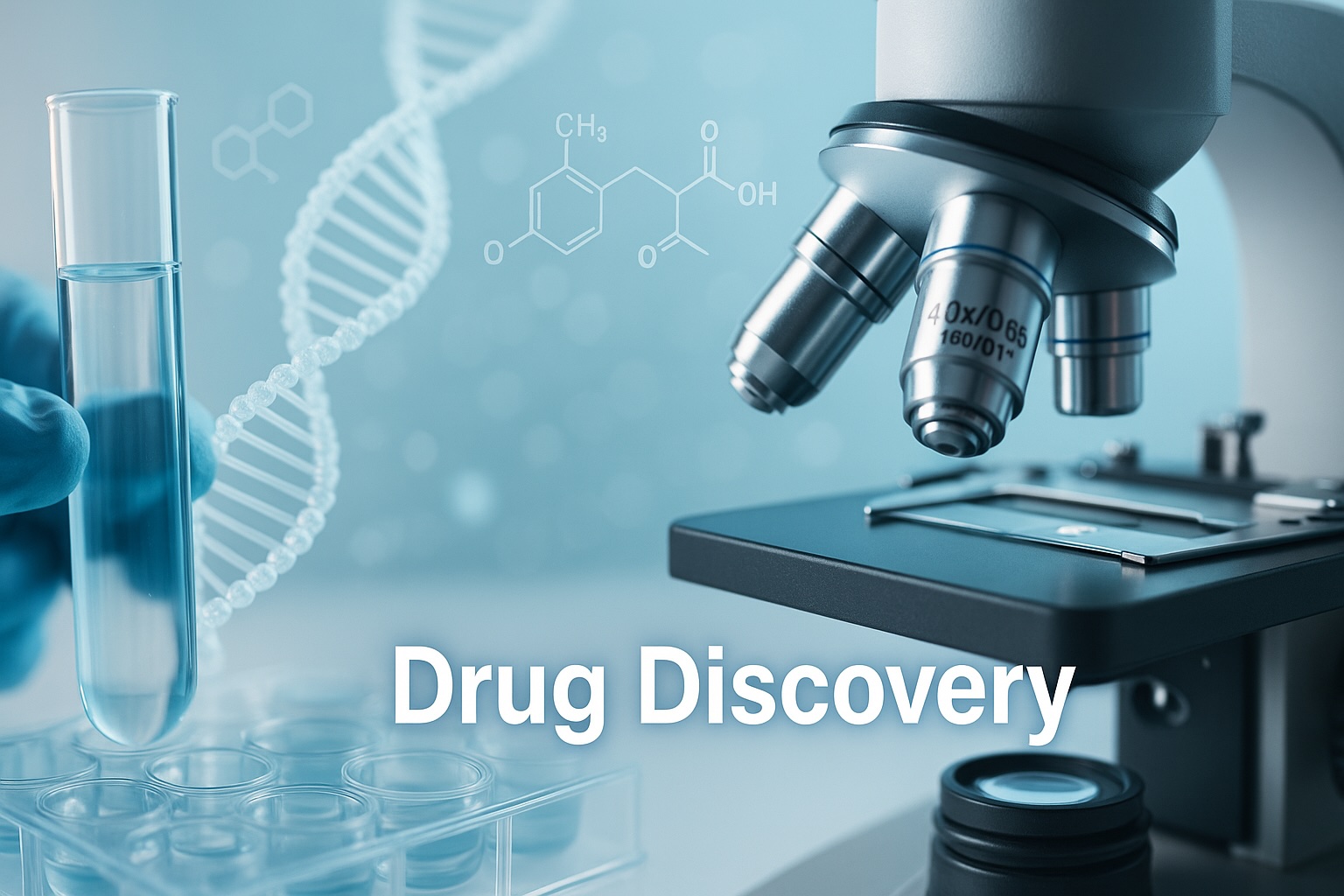
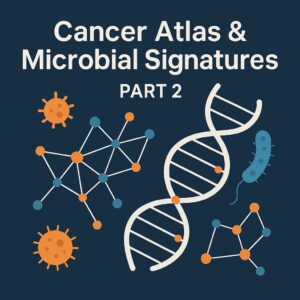
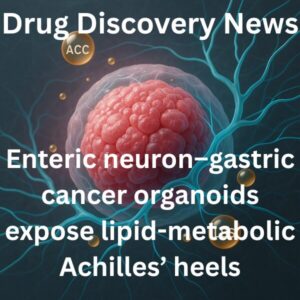
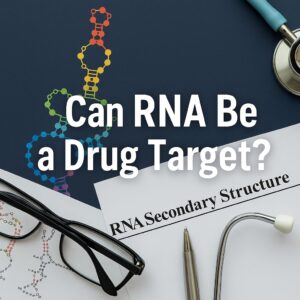
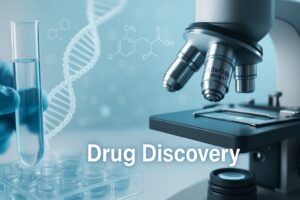


Comments